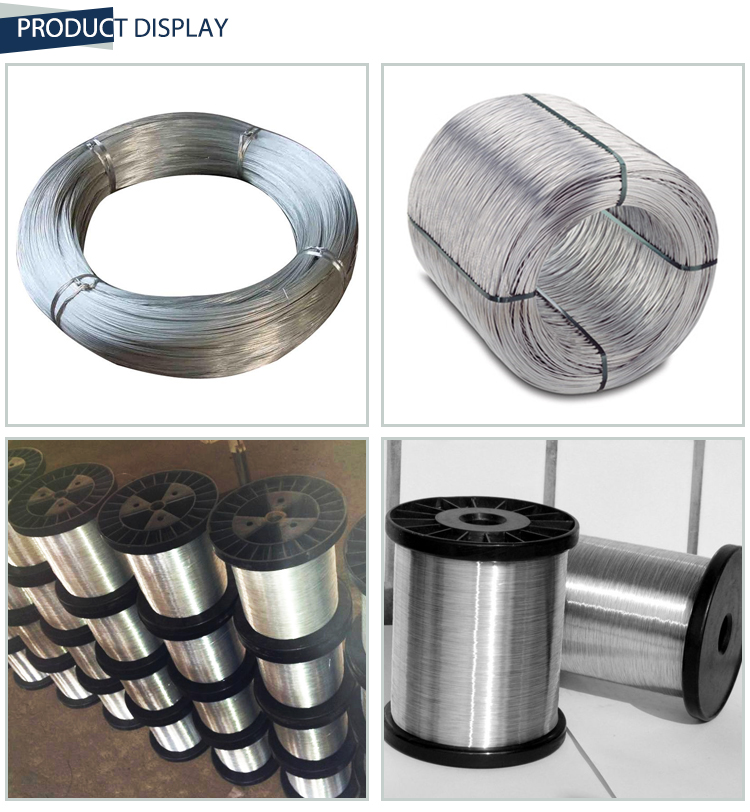[China Aluminum Network] Copper core cable has more advantages than aluminum core cable:
1. Low resistivity: The resistivity of the aluminum core cable is about 1.68 times higher than that of the copper core cable.
2. Good ductility: The elongation rate of copper alloy is 20~40%, and the extension rate of copper for electrical use is more than 30%, while that of aluminum alloy is only 18%.
3. High strength: Permissible stress at room temperature, copper is 7~28% higher than aluminum. Especially the stress at high temperature, the difference between the two is even far.
4. Anti-fatigue: aluminum repeatedly bending and breaking, copper is not easy. In terms of elasticity, copper is about 1.7 to 1.8 times higher than aluminum.
5. Good stability, corrosion resistance: The copper core is resistant to oxidation and corrosion, while the aluminum core is susceptible to oxidation and corrosion.
6. Large current-carrying capacity: Due to the low resistivity, copper-core cables of the same cross-section are about 30% higher than the allowable current-carrying capacity (higher current that can pass) of aluminum-core cables. 7. Low voltage loss: Due to the resistance of copper-core cables The rate is low and the same current flows through the same section. The voltage drop of the copper core cable is small. Therefore, the same transmission distance can guarantee higher voltage quality; or, under the condition of allowable voltage drop, the copper core cable can transmit electricity at a relatively long distance, that is, the power supply coverage area is large, which is conducive to network planning and reduction. The number of supply points is set.
8. Low heating temperature: Under the same current, the copper cable of the same section has a much smaller heating capacity than the aluminum core cable, making the operation more secure.
9. Low energy consumption: Since the copper has a low electrical resistivity, it is obvious that the power loss of the copper cable is lower than that of the aluminum cable. This will help improve the efficiency of power generation and protect the environment.
10. Anti-oxidation and anti-corrosion: The connector of the copper core cable has stable performance and will not cause accidents due to oxidation. The joints of the aluminum core cable are often unstable and cause accidents due to increased contact resistance and heat generation due to oxidation. Therefore, the accident rate is much larger than copper core cable.
11.Convenient construction: 1The copper core has good flexibility, and the allowable radius of curvature is small, so the turning is convenient, and the pipe is easy to wear; 2 The copper core is anti-fatigue and repeated bending is not easy to break, so the wiring is convenient; 3 the mechanical strength of the copper core is high, It can withstand large mechanical tension and bring great convenience for construction and laying, and also creates conditions for mechanized construction. Advantages of aluminum core cable over copper core cable 1. The price is cheap: Copper rod is 3.5 times the price of aluminum rod, copper is 3.3 times that of aluminum, so aluminum core cable is much cheaper than copper core cable, suitable for low Project or temporary electricity.
2. The cable is very light: the weight of the aluminum core cable is 40% of that of the copper core cable, and the construction transportation cost is low.
3. Anti-oxidation, anti-corrosion: Aluminum reacts with oxygen in the air to quickly form an oxide film, which can prevent further oxidation, so aluminum wire is a must for high voltage, large cross-section, large-span overhead transmission.
Although the aluminum core cable is cheap, the copper cable has prominent advantages in the cable power supply, especially in the field of underground cable power supply. Underground power supply using copper core cable has the characteristics of low accident rate, corrosion resistance, high reliability, and convenient construction and maintenance. This is also the reason why domestic copper cables are mainly used in underground power supply.
Annealed Wire is made of carbon steel wire, used for weaving, baling in general. Applied for home use and the construction.
Annealed wire is obtained by means of thermal annealing, endowing it with the properties it needs for its main use - setting. This wire is deployed both in civil construction and in agriculture. Hence, in civil construction annealed wire, also known as [burnt wire" is used for iron setting. In agriculture annealed wire is used for bailing hay.
ANNEALED WIRE FOR CIVIL CONSTRUCTION:
The annealing of bare wire (wire which has simply been drawn) can be carried out in batches (bell-type furnace) or in line (in-line furnace).
Annealing is intended to return to the wire its ductility which it had lost during drawing.
Annealed wire is stored in coils or spools of a varying weights and dimensions depending on the purposes for which it is intended and the needs of clients. The product does not usually have any type of protective lining, paper or plastic. We offer two kinds of annealed wire, bright annealed and black annealed wire. Black annealed wire gets its name from its plain black color.
Wire Materials: Iron Wire or carbon steel wire.
Soft annealed wire offers excellent flexibility and softness through the process of oxygen free annealing.
Uses: Black annealed wire is mainly processed into coil wire, spool wire or big package wire. Or further straightened and cut into cut wire and U type wire. Annealed wire is used as tie wire or baling wire in building, parks and daily binding.
Packing: Spools, coils.
Galvanized Wire,Galvanized Tie Wire,Black Binding Wire,
Anping Sanxing Wire Mesh Factory , https://www.anpingsanxingwiremesh.com